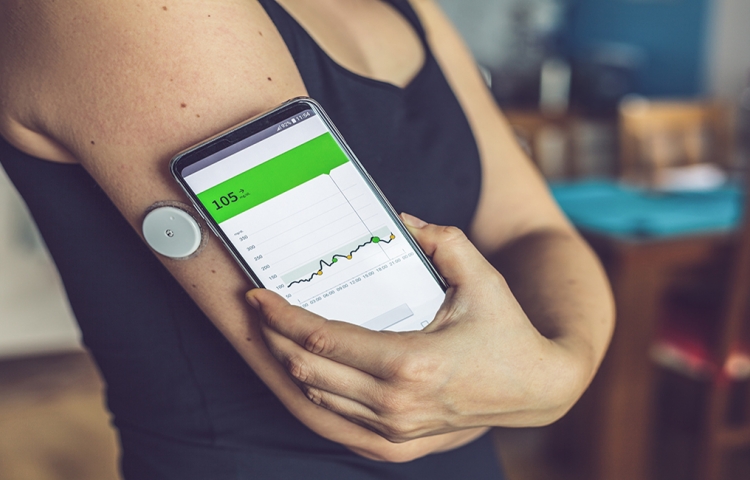
Fundamentals of RPM: Rapid Implementation with Commercial Ready Software
By Thom Erickson, Director of Technical Standards, Personal Connected Health Alliance
We have shared the promise of Remote Patient Monitoring to reduce anxiety in the home and save resources and lives at the clinic and outlined the open industry standards and profiles to enable this on global scale. We now introduce commercial ready software that will dramatically reduce the time and cost to implement in your product.
The Personal Connected Health Alliance has available today software solutions for collecting observation data via Bluetooth® Low Energy, the upload of observations using FHIR®, and receiving those observations by a FHIR server.
FHIR Observation Upload
FHIR Observation Upload enables vital signs data from a variety of sensors to be uploaded separately or combined as a multi-measurement. This capability is critical to allow healthcare providers to clearly understand and integrate the data to provide a more holistic perspective and thus improve outcomes at lower cost. The FHIR implementation reduces development cost by simplifying implementation of the Observation Upload and leveraging the broader developer community already versed in the latest web technologies. Key functionality includes IEEE 11073 mapping to a FHIR data model, supporting capability exchange, OAuth service and FHIR-based observation uploads.
FHIR Observation Servers
The FHIR Observation Reporting Server receives measurements from health devices as a complete FHIR transaction bundles. A complete FHIR transaction bundle includes all of the information about the measurement, that is the Patient Resource, the Device Resource and the Observation Resource.
The FHIR Observation Server is an optimized version of the FHIR Observation Reporting Server and may only require the Observation Resource to be uploaded. This implementation allows for the more efficient forwarding of FHIR resources from the gateway to the end-user.
Bluetooth
The Bluetooth Low Energy Manager implements a set of profiles for medical and health devices specified by the Bluetooth SIG. The profiles are based on the content defined in the IEEE 11073 Personal Health Device family of standards. While Bluetooth LE does not directly support IEEE 11073, the content is consistent with the 11073 specifications which allows it to be directly transcoded the content into equivalent IEEE 11073 representation. Key functionality includes, the handling of Bluetooth exchanges, transcoding of information, user notification, and authentication. The Manager also supports proprietary devices.
Validation Framework
To help ensure the commercial ready software has been properly implemented in your products, a validation framework is available that supports continuous integration testing, including tests that employ the use of the physical Bluetooth interface. This framework includes Bluetooth simulators, comprehensive unit and integration tests, conformance-like test cases, and cloud-based API that allows testing to be performed remotely. The Bluetooth simulators provide a wide range of configurable Bluetooth behavior, both conformant and invalid, that can be controlled via test scripts running in the cloud or locally.
Streamlining Regulatory Approvals
To streamline FDA acceptance the software is developed in the context of an ISO 13485 (Medical Devices -- Quality management systems -- Requirements for Regulatory Purposes) quality management system, and includes the associated documentation with the source code that simplifies its use in products being developed in accordance with IEC 62304 (Medical Device Software – Software Life Cycle Processes).
Open Source Tools
The Personal Connected Health Alliance has available today a home to hospital solution that allows any sensor to connect to any gateway and any clinical health record system to provide a holistic picture of their well-being without direct contact with their doctor until medical intervention is required for successful outcome.
- Software to implement the FHIR Observation Servers
- Documentation and software to implement the FHIR Observation Upload and Bluetooth Low Energy Manager
- Explanation of test framework
Engage your engineering and product teams today to learn more about how you can quickly and easily provide remote patient monitoring products to meet the exploding demand for solutions that keep doctors safe and patients empowered.




